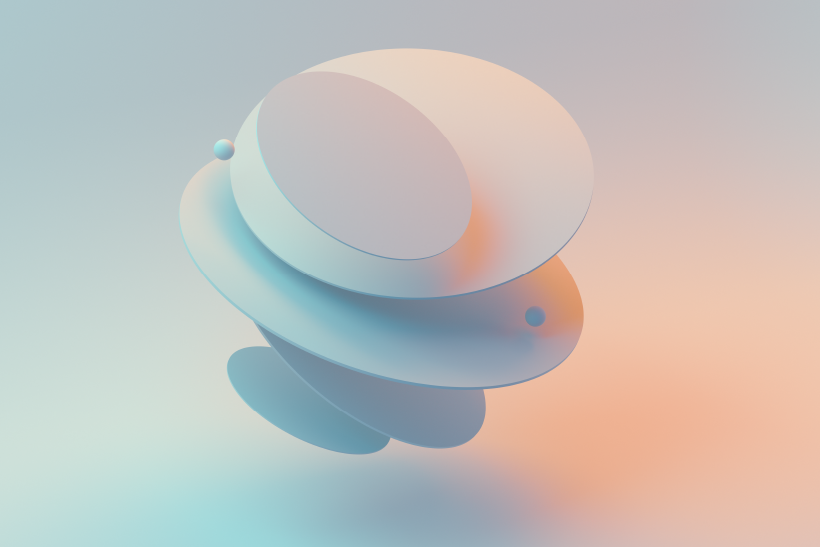Whenever you need to create a contact/feedback form in drupal, everyone will be thinking of using "Webform" module. Using webforms to do so, is a good choice. Normally, the forms created using webform module are displayed as pages. There may be certain situations, where you need to display these as "blocks". If you need to know how to display webform as a block, read on.
If you have a webform with you, that you have already created, by adding the required fields, then follow the below steps:




